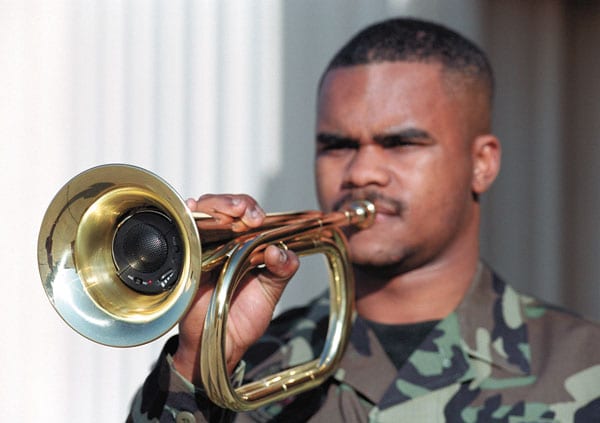
March 20, 2019; Colorado Sun
NPQ has followed long-term trends closely to determine how the significant revisions to the tax code has affected charitable giving and the nonprofit sector. Did doubling the standard deduction result in fewer donors? Will a loss of donors mean less giving overall, or will larger donors continue to increase their charitable commitment so total philanthropy continues to grow? It’s hard to answer these important questions, as data becomes available slowly; a few months into 2019, we are still getting data about 2017 and most observers acknowledge that some of the tax law’s provisions will produce delayed effects.
A recently published report on how Colorado’s nonprofits fared in 2017 sparks no joy. According to the Colorado Sun’s look at the data, “Colorado nonprofits overall landed with a thud, according to new state data showing no growth in donated dollars to nonprofits registered with the state. The Colorado Secretary of State’s 2018 annual charitable solicitation report, released this week, said $4.7 billion in donations went to a record 7,321 Colorado-based charities. But the amount was down by a few million dollars from the prior year.”
Results from Colorado Gives Day 2018, a one-day multi-organizational effort to stimulate year-end giving, appear to say that Colorado’s 2018 looked much like 2017. When the results were totaled, the annual effort raised “$35.1 million, or $1.5 million less than the previous year.”
Dana Rinderknecht, director of online giving for the Community First Foundation, which organizes Colorado Gives Day, explained that donors “may have felt a little insecure with how the market is changing and the tax laws so they gave a little less…on the other hand, we had more donors on Colorado Gives Day, which would align with the idea that people still want to give, and they still want to support their favorite nonprofits.”
This picture aligns with reports from Minnesota:
Sign up for our free newsletters
Subscribe to NPQ's newsletters to have our top stories delivered directly to your inbox.
By signing up, you agree to our privacy policy and terms of use, and to receive messages from NPQ and our partners.
Twin Cities nonprofits that depend heavily on end-of-year campaigns are reporting that those donations…did not see a significant fall-off even after the numbers of taxpayers that were eligible to deduct for charitable donations was severely reduced last year under the tax overhaul.
[…]
At the St. Paul-based Union Gospel Mission, which according to its early numbers made just one percent under its giving goal of $6.5 million, the limited loss this year is a reason for short-term celebration. “If that’s where we end up and nothing else trickles in, I am doing a dance of joy down the hallway,” says Brian Molohon, Union Gospel Mission’s vice president.”
2018’s results have led individual organizational leaders to speculate on other changes taking place in the philanthropic environment that deserve deeper investigation. As Sun writer Tamara Chaung explained, “Some donors paused on giving gifts in order to see how the tax changes would affect their income. Others switched to a donor-advised fund, which lets the donor receive an immediate tax deduction and then make grants from the fund to charities over time. And still others moved to a ‘leap-year’ model, where they skip a year in order to give more the next year to push them over the standard deduction.”
Understanding a changing giving environment can help each organization adapt its development program to maximize its ROI: “Organizations that focus on their overall organizational strength rather than on one component of many types of capital…are wise because diverse capital begets diverse capital and that, in the end, means less vulnerability and more robustness.” At the same time, it is important for the sector to not let a scarcity mentality drive all its efforts. When the new increased standard deduction was first floated, NPQ reminded the sector that this might be the time to fight for the return of the universal charitable deduction, which “has a proven track record…for increasing charitable giving for all income levels of taxpayers.” This and other policy changes ought not be ignored as organizations to reverse a larger trend of decreasing donors and a smaller philanthropic pool to fish in.—Martin Levine













